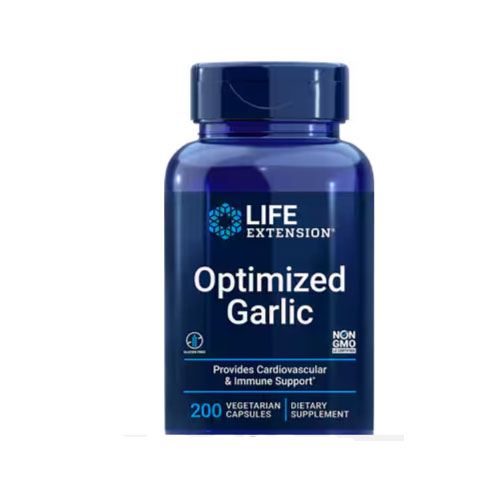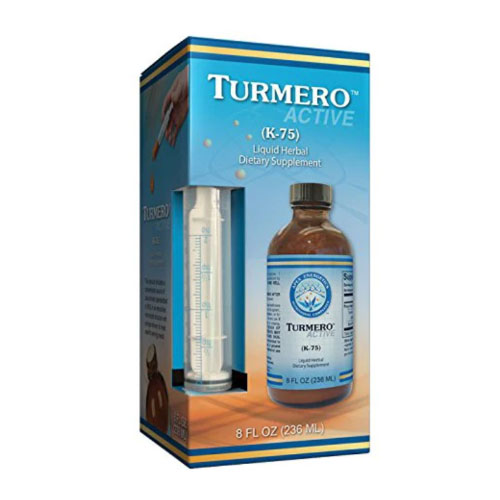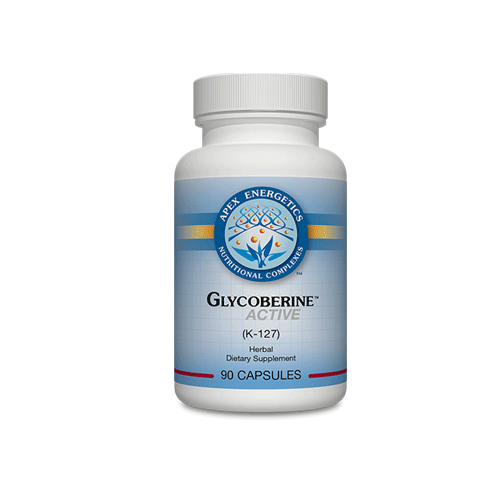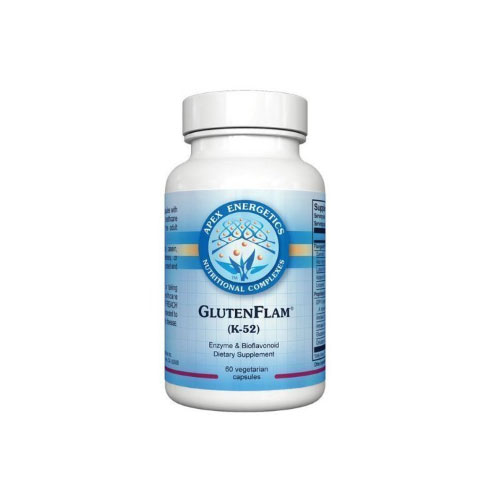
“Give me a head with hair, long beautiful hair, shining, gleaming, streaming, axen, waxen. Give me down to there, hair, shoulder-length or longer. Here baby, there, momma, everywhere, daddy, daddy. Hair, flow it, show it. Long as God can grow it, my hair.1”
Who doesn’t admire a new head of hair? We covet it, envy it and even worship it. My late mother, on the day before she passed, woke from her morphine-induced “sleep,” looked around at all of us sitting by her bedside, and asked, “How’s my hair?” Her final words –true story. To be fair, Mom was always a Jackie Kennedy, never an Onassis, wannabe.
Millions of us aren’t so lucky. Hair loss is due to genetics, hormones, stresses and/or disease processes. No matter the cause, restoring a full head of hair is truly a “growth” industry.
Now, thanks to Platelet Rich Plasma technology, the same technology we use for the Vampire Facelift®, the Vampire Breastlift®, O-Shot®, P-Shot® and Joint Restoration®, we can, in combination with an FDA approved biomatrix that repairs and remodels damaged tissue, treat male and female pattern hair loss, alopecia areata and eyebrow hypotrichosis.
The Hair Restoration Project is a 90-minute procedure, and recovery time is minimal (usually being managed with over-the-counter ibuprofen or homeopathic remedies such as Arnica Montana and/or Boswellia). New hair sprouts as early as 2 months. Hair thickens and becomes noticeable at 4-to-8 months.
Who Responds to The Hair Restoration Project?
Each patient’s experience varies, but the most common conditions responsive to The Hair Restoration Project include:
- Male Pattern Hair Loss: Especially early-stage or any time hair thins on the scalp. We need at least a little natural “peach fuzz” for kindling or we won’t be successful.
- Female Pattern Hair Loss: All stages of hair loss.
- Hypotrichosis (fine/thinned hairs) of the eyebrows and beard.
- Alopecia Areata and Alopecia Totalis.
- Metabolic Etiology of Hair Loss: Medication-induced, thyroid induced, iron deficiency.
Reviews in the scientific literature using our proprietary technique were uniformly positive.
“A mean increase of 33.6 hairs in the target area and a mean increase in total hair density of 45.9 hairs per cm2 compared with baseline values. No side effects were noted during treatment. The data clearly highlight the positive effects of PRP injections on male pattern hair loss and absence of major side effects.3”
“PRP was found to increase hair regrowth significantly and to decrease hair dystrophy and burning or itching sensation compared with TrA or placebo. Ki-67 levels, which served as markers for cell proliferation, were significantly higher with PRP. No side-effects were noted during treatment.4”
Dr. Clearfield is one of a handful of select physicians trained, certified and licensed to administer these innovative methods. His proprietary Hormone Replacement Program was presented to more than 3,000 physicians at the May 2016 Academy of Anti-Aging Medicine’s 24th World Congress in Hollywood, Fla.
For more information, call Clearfield Medical Clinic at 775-359-1222, visit our new website at www.drclearfield.net or email at drbill@rejuvenatereno.com.
References
- http://www.oldielyrics.com/lyrics/the_cowsills/hair.html
- Maria-Angeliki Gkini, Alexandros-Efstratios Kouskoukis, Gregory Tripsianis,1 Dimitris Rigopoulos, 2 and Konstantinos Kouskoukis, Study of Platelet-Rich Plasma Injections in the Treatment of Andr genetic Alopecia Through a One-Year Period, J Cutan Aesthet Surg. 2014 Oct-Dec; 7(4): 213–219. doi: 10.4103/0974-2077.150743
- Gentile P1, Garcovich S2, Bielli A3, Scioli MG3, Orlandi A3, Cervelli V4., The Effect of Platelet-Rich Plasma in Hair Regrowth: A Randomized Placebo-Controlled Trial. Stem Cells Transl Med. 2015 Nov;4(11):1317-23. doi: 10.5966/sctm.2015-0107. Epub 2015 Sep 23.
- Trink A 1, Sorbellini E, Bezzola P, Rodella L, Rezzani R, Ramot Y, Rinaldi F., A randomized, double-blind, placebo- and active-controlled, half-head study to evaluate the effects of platelet-rich plasma on alopecia areata. Br J Dermatol. 2013 Sep;169(3):690-4. doi: 10.1111/bjd.12397.





